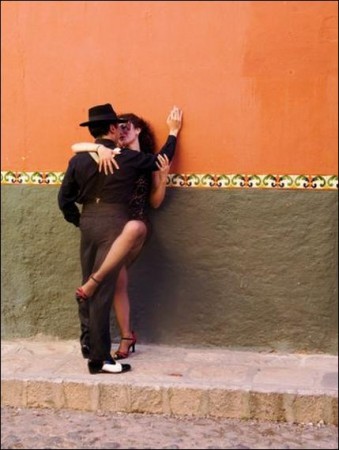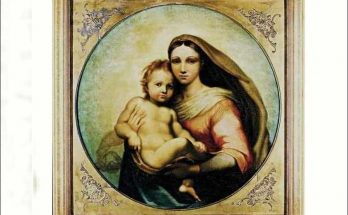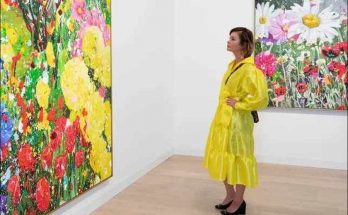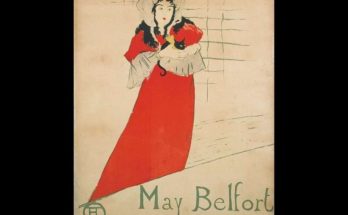The history of Tango Dance is based on many years of study and research in Buenos Aires. The subject is a huge one, and the great dancers, those who were genuinely part of the living culture of Tango, have tended not to have academic backgrounds, while the academics in Argentina have tended to neglect the dance, concentrating instead on the music. There are many gaps in our understanding of Tango’s history, particularly the history of the Dance, that might never be fully filled.
If I talk about the history of Tango Dance, I need to divide it into four periods. First there are the things that I have seen myself. I first went to Buenos Aires in 1993, ten years after the Tango Renaissance began. I will tell you as accurately as I can about the things that I have seen.
In my research I have spoken to many people who were living witnesses to the story of Tango. I have spent a great deal of time listening to great dancers, getting to know them, and trying to get to the full picture behind the individual stories. I can take this second period back to about 1940, practically to the beginning of the Golden Age of Tango Dance.
Before that is the period for which we have some kind of evidence – sound recordings, photographs, film clips and contemporary accounts. I shall try to pick my way through the evidence I have found to give the important facts about Tango History.
And before that is the pre-history of Tango Dance. This is the period when the contemporary evidence is practically non-existent. Our understanding is based on later commentators. I will present the few facts that we have, and do my best to interpret what little evidence there is. No one will ever know the full story of how Tango began. All anyone can do is give you his or her best guess.
Visits: 91



